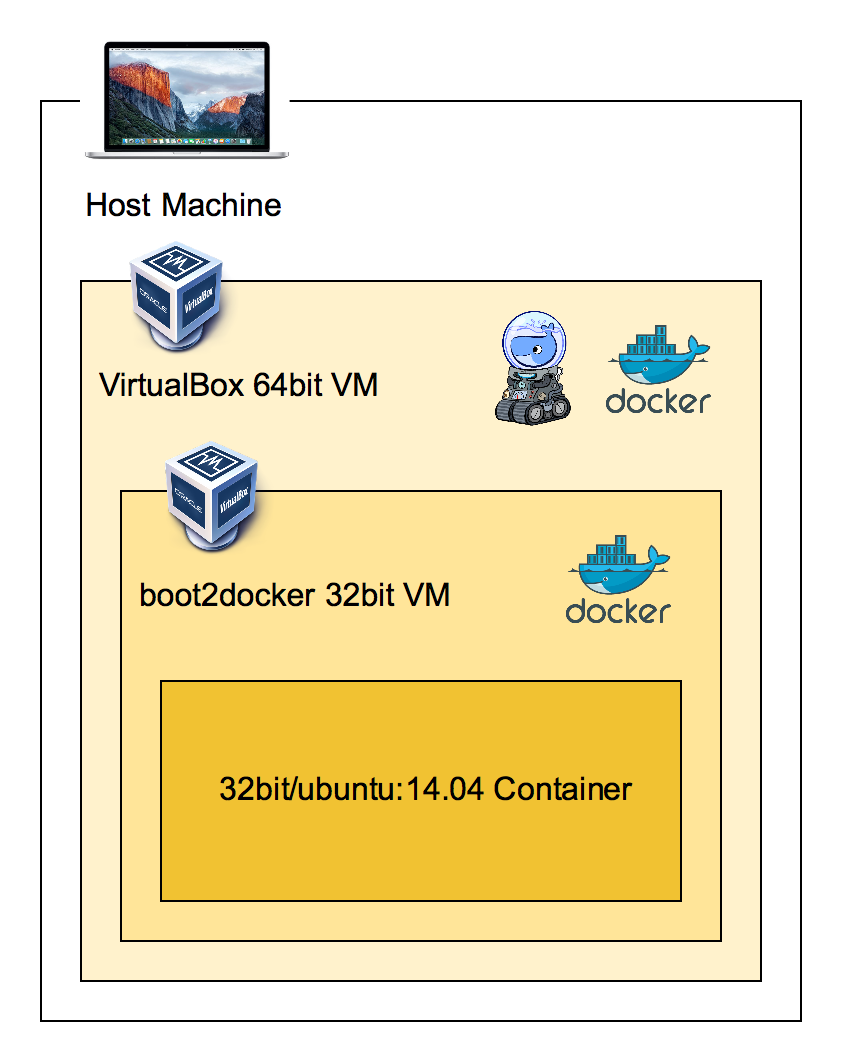
Vagrant Create Box From Iso
The Today’s Software Developers have to be increasingly more and more aware and skilled in the tools and techniques used to orchestrate and automate the deployment of all the different components that today’s architecture may have. Lately I’ve been working to manage this topic and get my company moving faster and having more agility when comes to getting a new developer up to speed as fast as possible. Well it turns out that this is not that hard thing to do. Puppet and Vagrant are really powerful tools in the “devops tools belt”, wait, I won’t be throwing names on you without a little explanation on the topic: Puppet is a provision manager which means it can be used for configuring a machine.
Creating a Windows 10 Base Box for Vagrant. So I decided to go ahead and create a base box for Vagrant for. It will ask you for an ISO file to boot from. Feb 14, 2012 - I just wonder if we can transfer a vagrant box to an iso image which can be installed on a clean computer?
You program Puppet by writing manifests which contains declarative specifications to describe the machine configuration. That is instead of instructing Puppet to “you should first install this and then if this condition is met then install this otherwise put a file in this directory. Software informer safe.
When all this is done, start this service and then ” you write like “Service X must be installed, requires Y and ensure it’s running. File Z must be present and have content C.” Vagrant is used for managing virtual machines.
It makes setting up a machine and tear it down again real easy with just a few commands. Among all this tools, today I will teach you how to create a reusable working environment that any developer can get and start right away and with just one command, being productive and have all the company tools in it. So I decided to create one Linux Base Box with Ubuntu 14 and automate all the boring and error prone installation steps converted into just one Vagrant command will bring you and your team all this goods. Almost all the guides out there focus on Linux distributions without GUI, so I decided that while I am creating my Vagrant Base Box with Ubuntu 14.04 Desktop I would document all the relevant steps: Step 1: Create the Virtual Machine – Install VirtualBox Download from the website: – Download Ubuntu 14.04 64 bits ISO Download from the website: – Define your Virtual Machine taking into consideration that: The first network interface (adapter 1) must be a NAT adapter. For convenience the Virtual Disk should be Dynamic (VMDK), so don’t bee too stingy with the disk size ( >= 10GB IMO ).
VirtualBox settings – Load the ISO and install the OS. – Username and Password should be: vagrant (for convenience, not for security). – Once installed restart the VM. – Install the “Guest Additions” Before installing the Guest Additions, you will have to prepare your guest system for building external kernel modules: $ sudo apt-get install dkms $ sudo /etc/init.d/vboxadd setup Install the build-essential package and linux headers to compile the Guest Additions properly. $ sudo apt-get install -y build-essential linux-headers-server Then Mount guest additions ISO via virtualbox window and follow the indications to run the installation script: VirtualBox Guest Additions If the sytems does not install it automatically you can use the following commands: $ sudo mount /dev/cdrom /media/cdrom $ sudo /media/cdrom/VBoxLinuxAdditions.run $ sudo umount /media/cdrom $ sudo apt-get clean Step 2: Setup guest OS (Ubuntu 14.04 64bit) with the minimum necessary. – Use “Software Updater” to get latest updates. Or if you are using the command line: $ sudo apt-get update -y $ sudo apt-get upgrade -y # Restart the machine $ sudo shutdown -r now – Add the vagrant user to sudoers file: $ sudo su - $ visudo # Add the following line to the end of the file.
Interesting tools are emerging each day of the year, helping developers work faster, keeping them focused on the actual business values of the project. One such tool is Vagrant, which is becoming one of the strongest helping hands for a developer, standardizing how development environments are created and managed.
In this article you’ll learn how to create your own Vagrant base box based on Ubuntu 14.04 LTS, provision it with your favorite apps and share it with the rest of us using Vagrant Cloud. Creating the virtual machine. Note: for the examples below, you will need to have at least Vagrant version 1.5 installed on your local computer. To create a virtual machine, you need a virtualization provider. Although Vagrant doesn’t discriminate over which provider to use, we’ll be using in the examples below. You need to install first before creating the virtual machine.